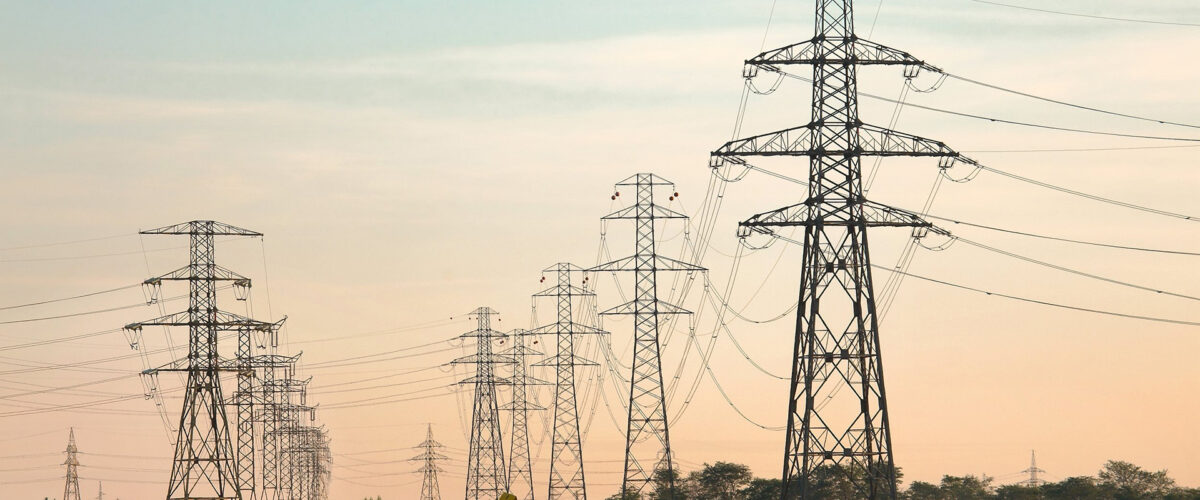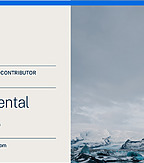Article | 21 December 2022
Price caps for electricity producers – the situation in Sweden

The question of when provisions on revenue caps resulting from the Council’s regulation on emergency interventions will begin to be applied in Sweden, has been subject to discussion during the preceding weeks. The Swedish Ministry of Finance has distributed a memorandum with a proposal for legislative changes on 12 December 2022 which provides some clarity on both when the rules will enter into force – i.e. on 1 March 2023 – and on what the more detailed provisions will look like. However, there are still uncertainties present. Setterwalls has reviewed the proposal and provide our comments in the following.
Even before Russia’s war of aggression against Ukraine, electricity prices within Europe were at historically high levels, driven by high gas prices. The invasion of Ukraine has led to a sharp reduction in gas supplies, as well as other inputs for electricity generation, which has further driven up electricity prices and threatens energy security within the EU. As a response to the current state of the world, the Council of the European Union issued a regulation on 6 October 2022 bringing together a number of measures that will have a supporting and/or price-lowering effect in various ways. For example, the Regulation requires Member States to endeavour to implement measures to reduce their total monthly gross electricity consumption by 10 percent, as well as Union undertakings and permanent establishments operating in the petroleum, natural gas, coal and refinery sectors to benefit from a mandatory and temporary solidarity contribution. Such a contribution shall in turn be used for, among other things, financial support measures for energy end customers and particularly vulnerable households.
In addition to the measures mentioned above, the regulation also regulates a revenue cap for electricity producers. The cap means that revenues from electricity production generated through a number of different types of production (including solar and wind) cannot, as a general rule, exceed EUR 180 per megawatt hour produced. The same regulation regulates that the different measures apply for different periods – however, that the revenue cap is to be applied by the Member States between 1 December 2022 and 30 June 2023.
On 25 November 2022, the Swedish Government, through the Ministry of Finance, published a press release stating that supplementary legislation and a revenue cap will not be implemented as of 1 December 2022 and instead at the earliest from 1 March 2023 – three months later than the date specified in the regulation.
On 12 December 2022, the Ministry of Finance published a memorandum setting out legislative changes implementing rules on a revenue cap targeting electricity producers.
In short, the proposal entails that (i) a new, temporary tax on excess revenue from electricity is introduced, (ii) the tax should only be levied on a certain part of the producers’ realized revenue, (iii) the size of the tax should be 90 percent, and (iv) that the legislation should enter into force on 1 March 2023 and apply on certain electricity produced from March through June next year. Furthermore, it is proposed that the legislation should not be applied retroactively.
In addition to what is stated above, the memorandum also sets out how future taxable amounts may be calculated. In short, it shall be calculated per calendar month, and consist of the sum of all hourly revenue during the month, reduced by the sum of all cap amounts and adjusted by a financial adjustment amount. The hourly revenue shall be calculated by multiplying the number of megawatt hours of taxable electricity fed in during a qualified hour by the price of the day-ahead market *, and qualified hour shall in turn be understood as an hour when the price on the day-ahead market in the bidding zone where the electricity is being fed in exceeds SEK 1,957 per megawatt hour.
Cap amount
As regards the calculation of cap amounts, this is calculated by multiplying the total number of megawatt hours of taxable electricity fed in during qualified hours during the calendar month in question, by SEK 1,957. Furthermore, provided that a producers’ facility has operating costs exceeding SEK 1,957 per megawatt hour, it is possible to use a special cap amount instead.
Financial adjustment amount
If producers have entered into hedges against fluctuations on the electricity wholesale market, for example through hedging or power purchase agreements, the final and realized revenue is affected. As a result, it has been proposed that a possibility to adjust the impact through a financial adjustment amount should exist, where such amount for a calendar month is proposed to be calculated as the net effect in SEK of a taxpayer’s contractual rights and obligations on the realized revenue from the taxable electricity fed in during the month’s qualified hours. The intention is that the taxable amount following the financial adjustment shall correspond to the actual realized revenue that a taxpayer has received through the sale of taxable electricity during the calendar month in question, where the method that should be used to calculate the net effect will vary depending on the circumstances.
Setterwalls’ comments
It is, of course, a good thing that the Ministry of Finance and the Government have presented proposals for legislation and clarifications on how they believe the Council’s regulation should be applied. Having said that, there still remain uncertainties – for example on how the calculation of the tax amount should be carried out when hedging or power purchase agreements are in place, considering that the legal, commercial and financial structure may vary between the aforementioned form of agreements, but also in relation to how the EU will react to Sweden’s decision to deviate from 1 November 2022 as the first date of application of a revenue cap, and to instead use 1 March 2023. Thus, interesting times lie ahead.
Setterwalls monitors these issues on an ongoing basis and you are welcome to contact us for further information on how the proposal may come to affect your business.
*The price on the day-ahead market refers to the price of electricity in SEK per megawatt hour, set one day in advance by the Nord Pool power exchange for a given hour.
Contact:
Practice areas:


